
Sometimes, having a mixer alone is not enough. You need an amp to get the right volume controls from your equipment. Without the right one that’s compatible, you may end up with a poor volume level. Our audio experts will discuss a step-by-step easy-to-understand guide on how to connect the mixer to an amplifier for a better and smoother set-up.
5 Steps to Follow When Connecting Audio Mixer to an Amp
If your audio mixer lacks sufficient power and you want to fill a room or meet a crowd, you’ll need to use an amplifier. Fortunately, linking your digital or analog mixer to a power amp is not a complex process, although it might increase power consumption. Here are the steps on how to connect a mixer to an amplifier with different components.
Step 1: Unplug and Power Off Both Devices
When connecting the two devices, make sure to unplug and turn off all devices from any electrical connections to prevent a short circuit, disruption, or noise. After that, place the speakers where you want them to stand to ensure that the speaker cord is stretched out and straightened, with no extra speaker cable coiled at the bottom right where the speakers are.
Step 2: Insert the Left Speaker Cable
When you’ve finished unplugging and shutting off all of your computers, you’ll need to plug in the left speaker cord. Plugin the ends on one end of the speakers cord to the audio mixer’s out jacks situated along the back of the component on the right.
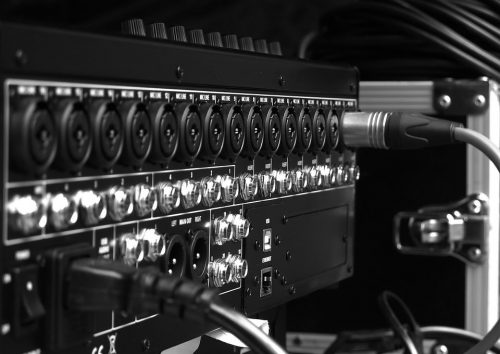
Then you’ll be able to plug the speakers in a way that lets you see “L/Monitor” for one jack and “R/L+R” for the other. You’ll also find a switch that allows you to choose between using the display and using the speakers or only using the speakers on the mixer.
Step 3: Insert the Plugs on the Other End of the Mixer
After that, much as in step two, plug the plugs on the other end of the mix into the powered amp in audio jacks, the white speaker cable into the left jack, and the red speaker cable into the right jack. After you plug the cables for the speakers to the speakers’ ends, double-check that they are securely wired.
And if you’re connecting all jacks from the mixer to the speakers, you’ll need to plug directly from the mixer to the speakers; this would connect the amplified speakers while leaving the display jack on the mixer open for the monitor setup.
If you’re using a monitor system set-up, connect the cord from the mixer to the speakers. In certain situations, the line level from the amp can be routed directly to the speakers, and then the speaker cables from the right speaker can be routed directly to the second stereo outputs on the left speaker.
Step 4: Plug In the Power Cords to the Speakers
After inserting the plugs on the other end of the mixer, the next step is to connect the power cords to the speakers, plug them into a power supply and switch both the speakers and the mixer. But first, turn on the mixer, then the amplifier, make sure the levels are switched down before turning on the volume output levels control. You can also take advantage of the volume sliders for sound adjustments.
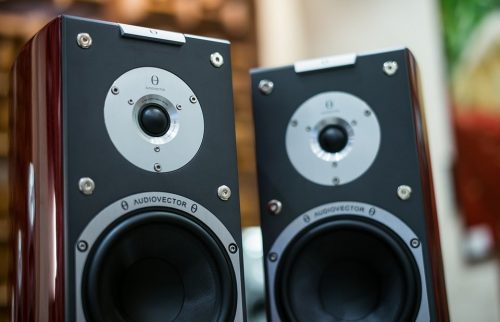
However, before attempting to change the amplifier’s sound to whatever level, pitch, and frequency, you choose to insert the amplifier selector knob into one of the audio jacks and add it to the driven mixer.
Step 5: Check Your Connection
Finally, once you’ve been through the above steps and measures, the last step is to double-check your connection for your sound board. If your amplifier is still attached to the speakers and your mixer has an audio signal flowing through it, you should be sure that the sounds it produces are satisfactory.
Ensure all volume settings are turned down on your CD player or other devices, then switch on the mixer and then the PA amplifier, gradually increasing the output level controls. If your PA amplifier is connected to speakers with the right cable and your mixer receives an audio signal through the input, you will have excellent sound quality! Adjust the volume a bit to check the settings.
Troubleshooting Tips
If you’re still having trouble linking the mixer to the amplifier after going through all of these steps that we have previously discussed, look at some of these suggestions and tips that might help you connect your mixer to an amplifier.
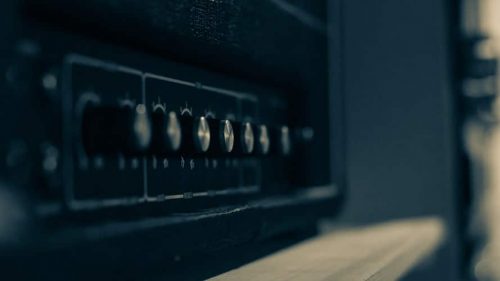
- Ensure that all of the equipment is switched on and adjust the volume levels with the right cable connected to the input and output.
- Check the type of connectors and cables your mixer and amp have. The cable needs to be compatible for your system setup to work in your space. Check the input, output, and cable ends.
- When using a monitor display, you can set the monitor sound independently of the main speakers and mixers.
- Check to see if the volume levels on the mixer and amplifier are turned up on the speaker, and then check all of the inputs and input channel controls with headphones in.
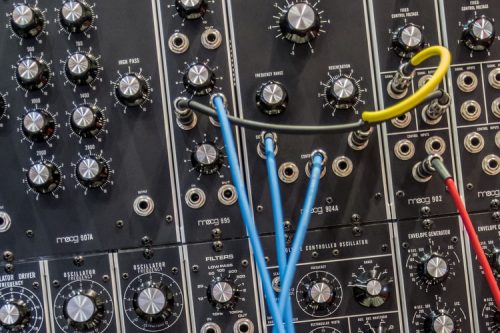
- Until attaching or disconnecting from the speaker sound system, always switch off the mixer.
- Inspect the fuse and circuit breakers because the link may have cut off the audio and power signal.
- Do not attempt to use a different amplifier for your amplified speakers, resulting in harm to the speaker or speakers.
- Check the cables between the mixer and the amplifier to ensure they are in the correct positions and the connections are secure to receive the signal.
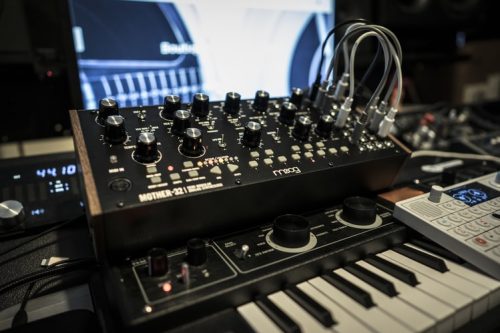
- When you’ve completed making these suggested moves, get your headphones and see if you hear a signal or something.
- Never attempt to open the device equipment to diagnose or repair it, or for any other purpose. This will cancel the warranty [1], may cause equipment loss, and may result in severe electrical shock and injury. Bring it to a trained – ideally factory-certified – specialist if you can’t find out what’s wrong with the speaker.
FAQ
Does a mixer need an amplifier?
A mixer doesn’t need power amplifiers in most cases. Mixers available today also offer built-in effects, reducing the need for external devices. But if you’re talking about sound reinforcement – like mixing sounds live, you will need amplifiers.
What Jacks should I use to connect the Mixer to My Amplifier?
You should use a monitor jack, RCA jack, and XLR jack to connect the mixer to your amplifier. A combination jack may be used as a microphone and gaming headset connectors as well as a line connector in some cases on your speakers. An RCA jack is very common, but you must also make sure all the connections are compatible.
What is the difference between a preamp and a mixer?
The difference between a preamp and a mixer is the preamplifier is a device that amplifies the incoming signal. It receives a signal, conditions it, and sends it to the power amplifier for further processing. On the other hand, a mixer would accept multiple input ports and blend them to produce fewer output jacks.
Do mixers have built-in amps?
Yes, mixers have built-in amplifiers. Some models on the market do, and this type is usually called a “powered mixer.” This means that sound can be played with the mixer directly connected to speakers making the operation simplified and convenient for amplification.
Conclusion
Now that you understand what a mixer and amplifier are and how to connect the mixer to the amplifier. You can see that it’s not a difficult task. Carefully follow the procedures step by step – and this should work like a charm. Connecting the two together is a necessary step to make sure your speakers are working perfectly.
The post How to Connect Mixer to Amplifier? — Must Read for a Smooth Setup appeared first on The Product Analyst.
from The Product Analyst https://theproductanalyst.com/how-to-connect-mixer-to-amplifier/
No comments:
Post a Comment